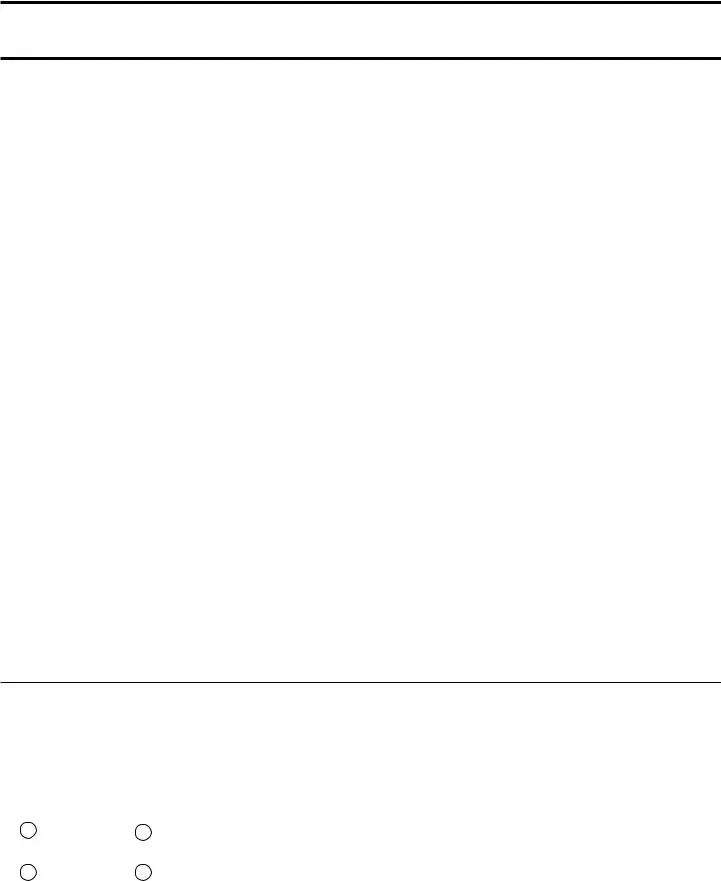The IRS Form 941, officially known as the Employer's Quarterly Federal Tax Return, is a document that employers in the United States use to report income taxes, Social Security tax, and Medicare tax withheld from employee paychecks. This form is filed quarterly and is essential for ensuring that federal tax obligations are met. Employers must report the total wages paid, tips received, and other compensation, along with the amount of taxes withheld from employees. Additionally, Form 941 helps the IRS track your business's tax obligations and payments throughout the year.
Any business that has employees and pays wages subject to federal income tax withholding, Social Security, or Medicare taxes must file Form 941. This includes:
-
Corporations
-
Partnerships
-
Sole proprietorships with employees
-
Non-profit organizations
If your business has no employees for a quarter, you do not need to file Form 941 for that period. However, if you had employees at any time during the quarter, you are required to file.
Form 941 is due four times a year, with specific deadlines for each quarter. The due dates are as follows:
-
For the first quarter (January to March), the due date is April 30.
-
For the second quarter (April to June), the due date is July 31.
-
For the third quarter (July to September), the due date is October 31.
-
For the fourth quarter (October to December), the due date is January 31 of the following year.
It is important to file on time to avoid penalties and interest on any unpaid taxes. If you are unable to file by the deadline, consider filing for an extension.
Mistakes can happen, and if you realize that you made an error on your Form 941 after filing, it is crucial to correct it promptly. You can do this by filing Form 941-X, which is the Adjusted Employer's QUARTERLY Federal Tax Return or Claim for Refund. This form allows you to make corrections to the original Form 941. Be sure to follow the instructions carefully to ensure that the corrections are processed correctly. If you owe additional taxes due to the error, pay them as soon as possible to minimize any penalties or interest.
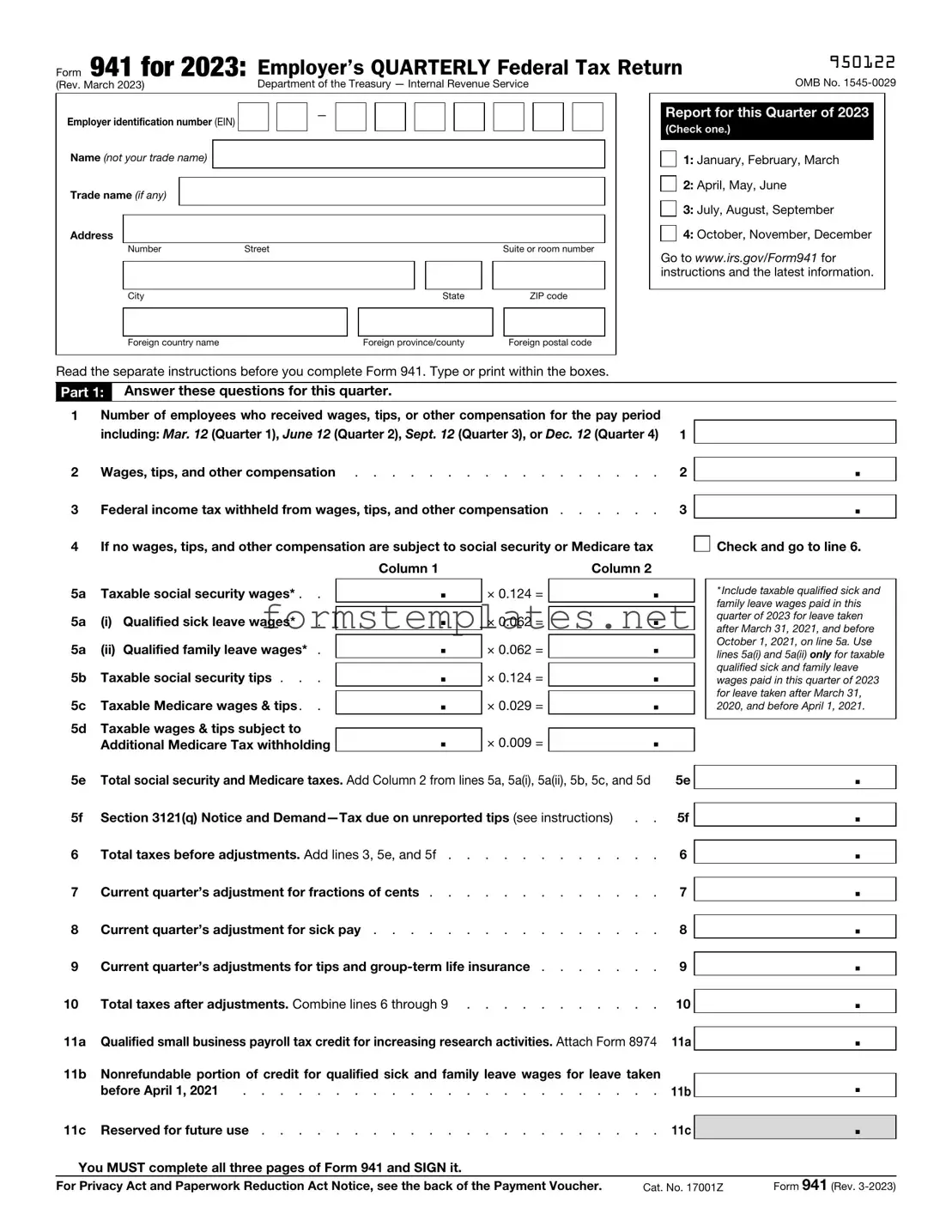
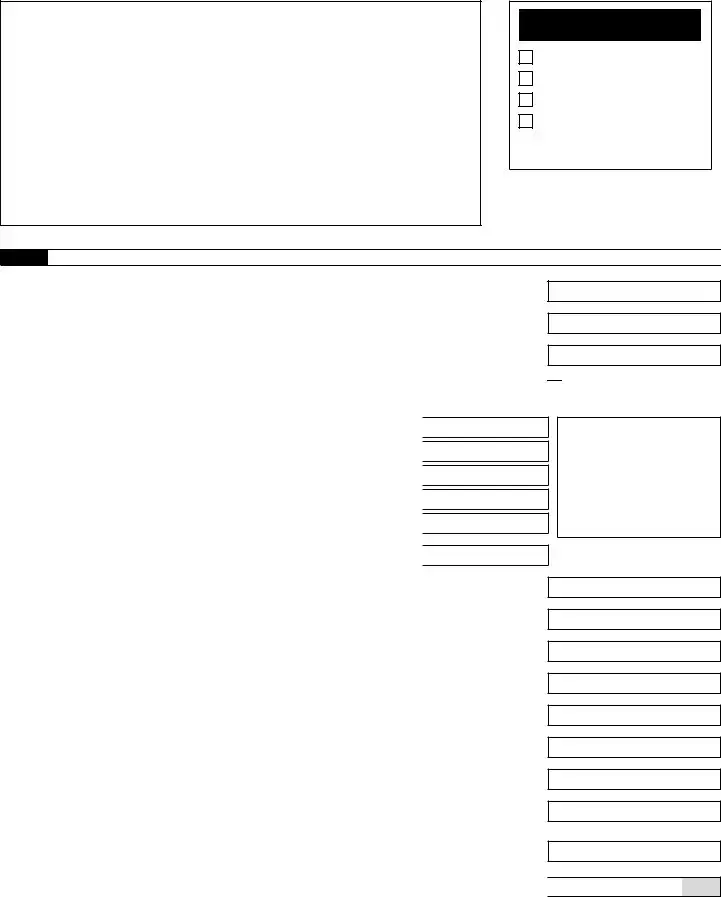

 Check and go to line 6.
Check and go to line 6.
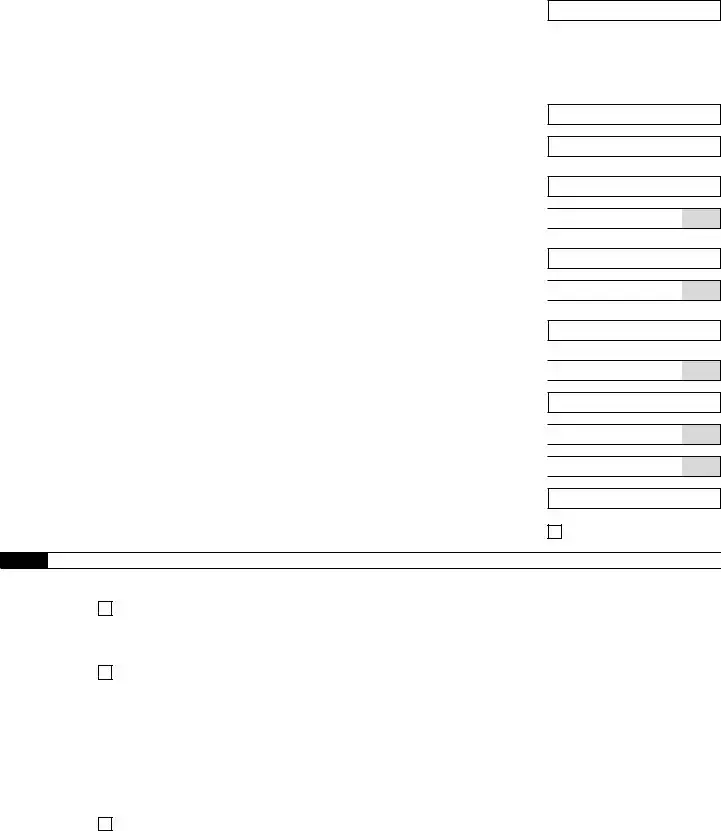
 .
. .
. .
. .
. .
.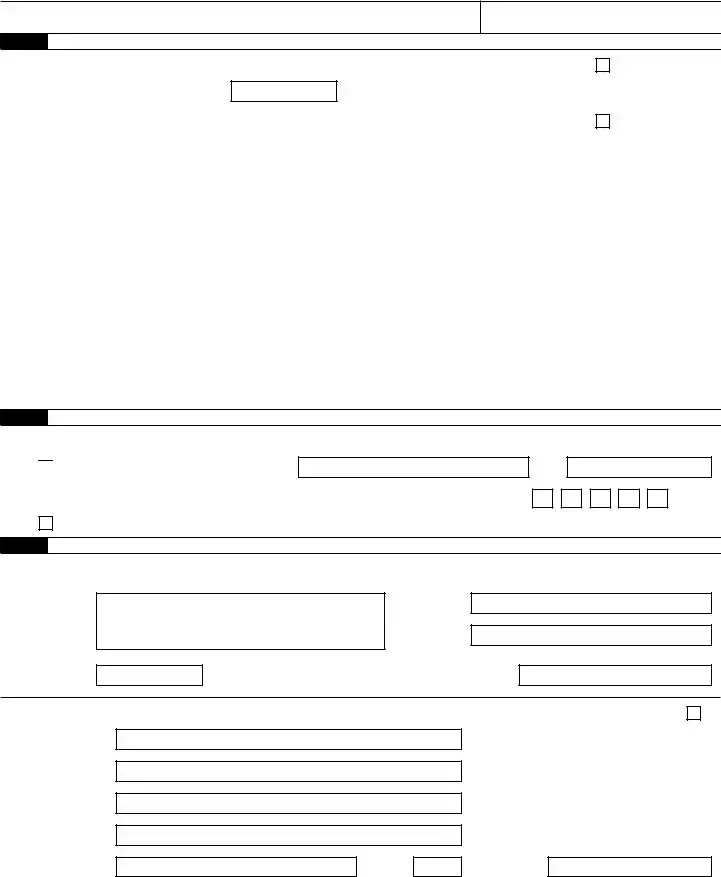

 Yes. Designee’s name and phone number
Yes. Designee’s name and phone number